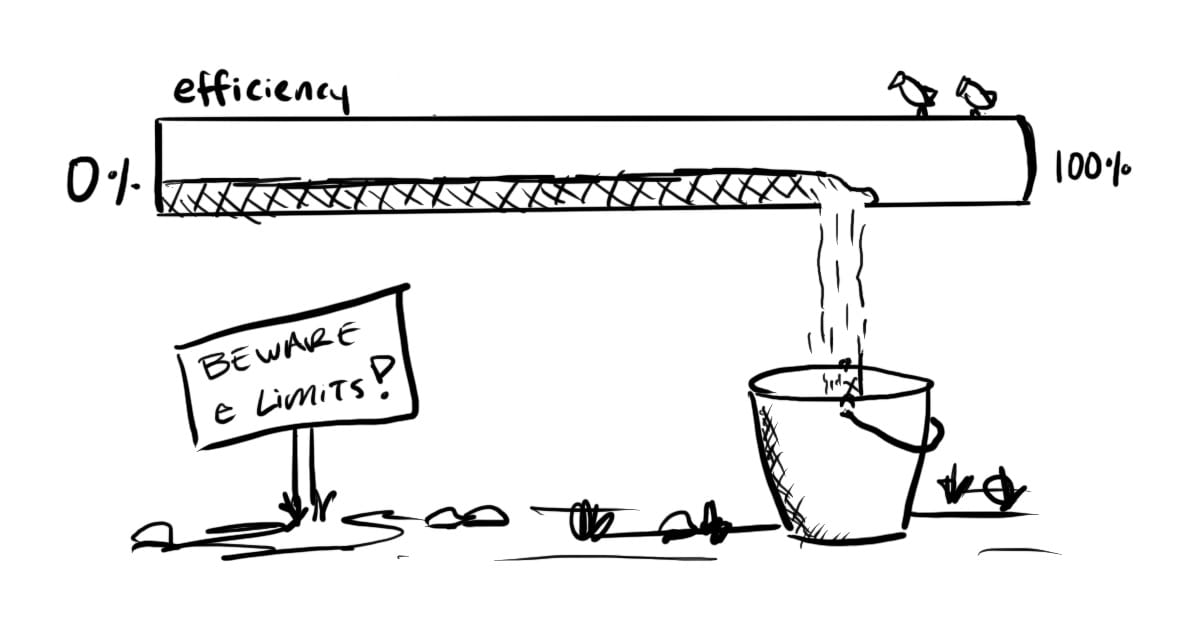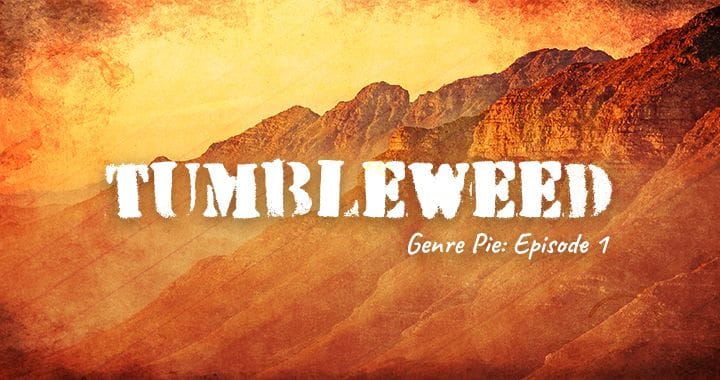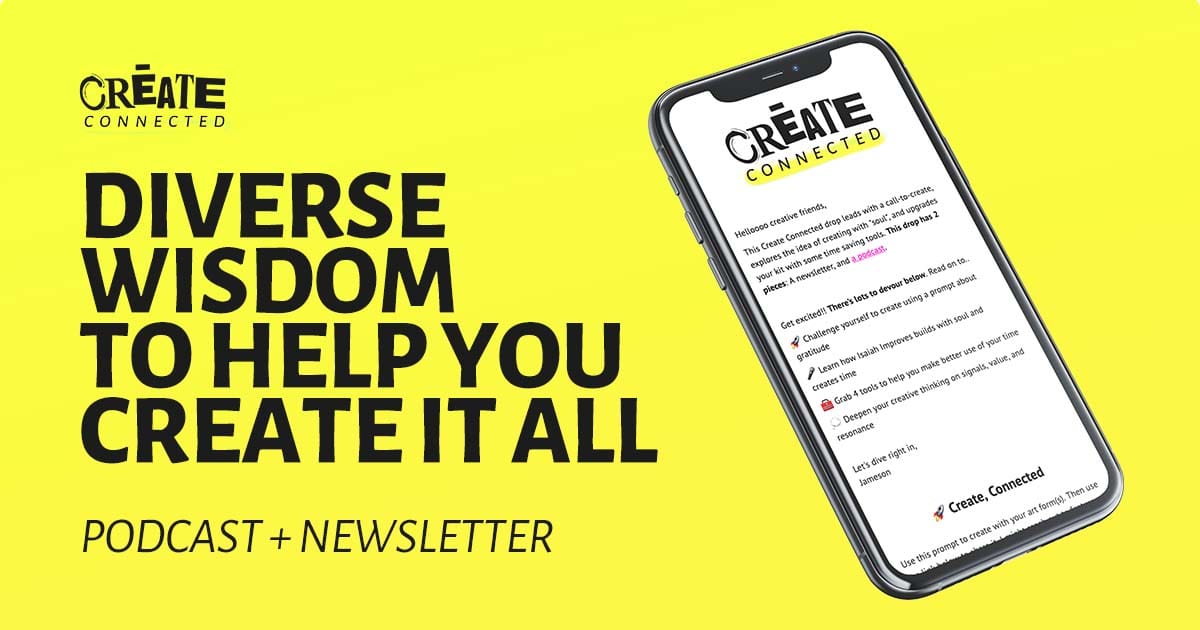How I built a podcast that features small artists only
A case study into the ideation and launch of "Whose Got Next", a showcase for emerging artists in a superstar-dominated music industry.
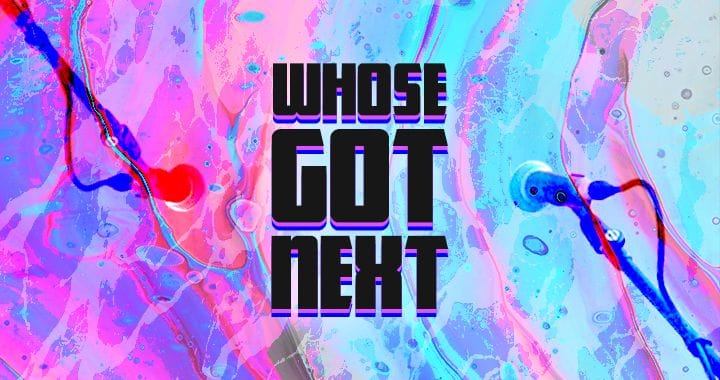
Background
The client for Whose Got Next was a passionate music lover with a deep history in audio production, who aimed to create a podcast that showcases emerging artists.
Hi, it's me. I'm the client... it's me.
The challenge was to architect the entire podcast from scratch, focusing on song selection, cue writing for live narration, and the weekly administrative tasks around podcast production, release, and syndication.
Here's the show's intro sting 👇
Objectives
My main goals for Whose Got Next were to:
- Develop a podcast from scratch.
- Establish a streamlined process for song discovery, selection, and production.
- Ensure high-quality audio production and engaging content.
- Reduce the time required for podcast production and syndication.
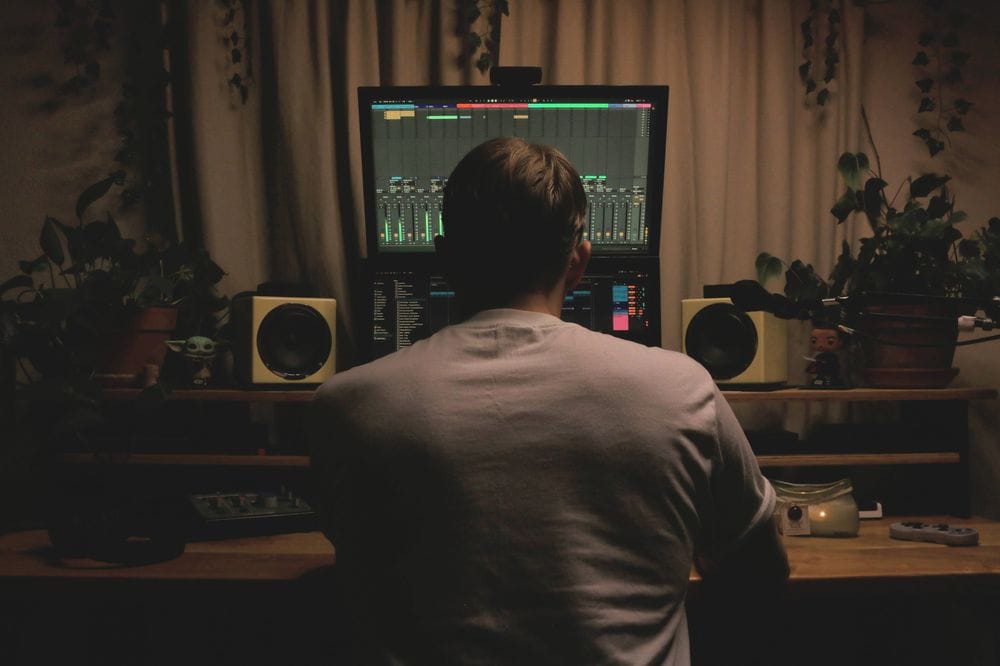
Solutions
To address these objectives, the following solutions were implemented:
🔧 Process Engineering
To help the keep episode production times down, I created a weekly protocol for the podcast, including song selection, cue card writing, and administrative tasks.
Podcast Hosting and Production
I researched and landed on these tools:
- Transistor.fm for syndication
- Ableton for episode production
- Clubhouse for live broadcasts
Project Management
I used an early version of Makestack\Kreos to organize all parts of the podcast for seamless syndication.
Talent Scouting
I set up a system for song discovery and selection based on specific criteria to avoid paid placements and highlight musicians that had a verifiable low listener count.

Implementation
Here's how I turned the Whose Got Next idea into reality:
- Syndication Platform Selection: Chose Transistor.fm for syndication, ensuring all necessary collateral was prepared from the outset.
- Podcast Structure Design: Designed the show to fit the average commute length, with episodes around 26.6 minutes. This included a mix of song introductions, transitions, and song lengths.
- Episode Production: Used Ableton to create transition sound effects and cue songs. Recorded live broadcasts using a MIDI controller and a loopback utility.
- Song Discovery Process: Scouted new songs on platforms like Spotify and Soundcloud, focusing on lesser-known artists with specific follower thresholds. Documented the selection process in a templated spreadsheet.
- Standardized Protocol: Developed a repeatable process for scouting, producing, recording, and releasing episodes, which reduced the startup time from 89 hours to 3 hours per episode.
Results
The implementation of these solutions led to:
- A significant reduction in production time, from 89 hours initially to just 3 hours per episode.
- High-quality, engaging podcast episodes featuring emerging artists across various genres.
- A scalable and repeatable process that ensured consistent content delivery.
- Increased efficiency in song discovery and episode production, enhancing overall productivity.
You can get the full list of episode songs on the Whose Got Next project page.


